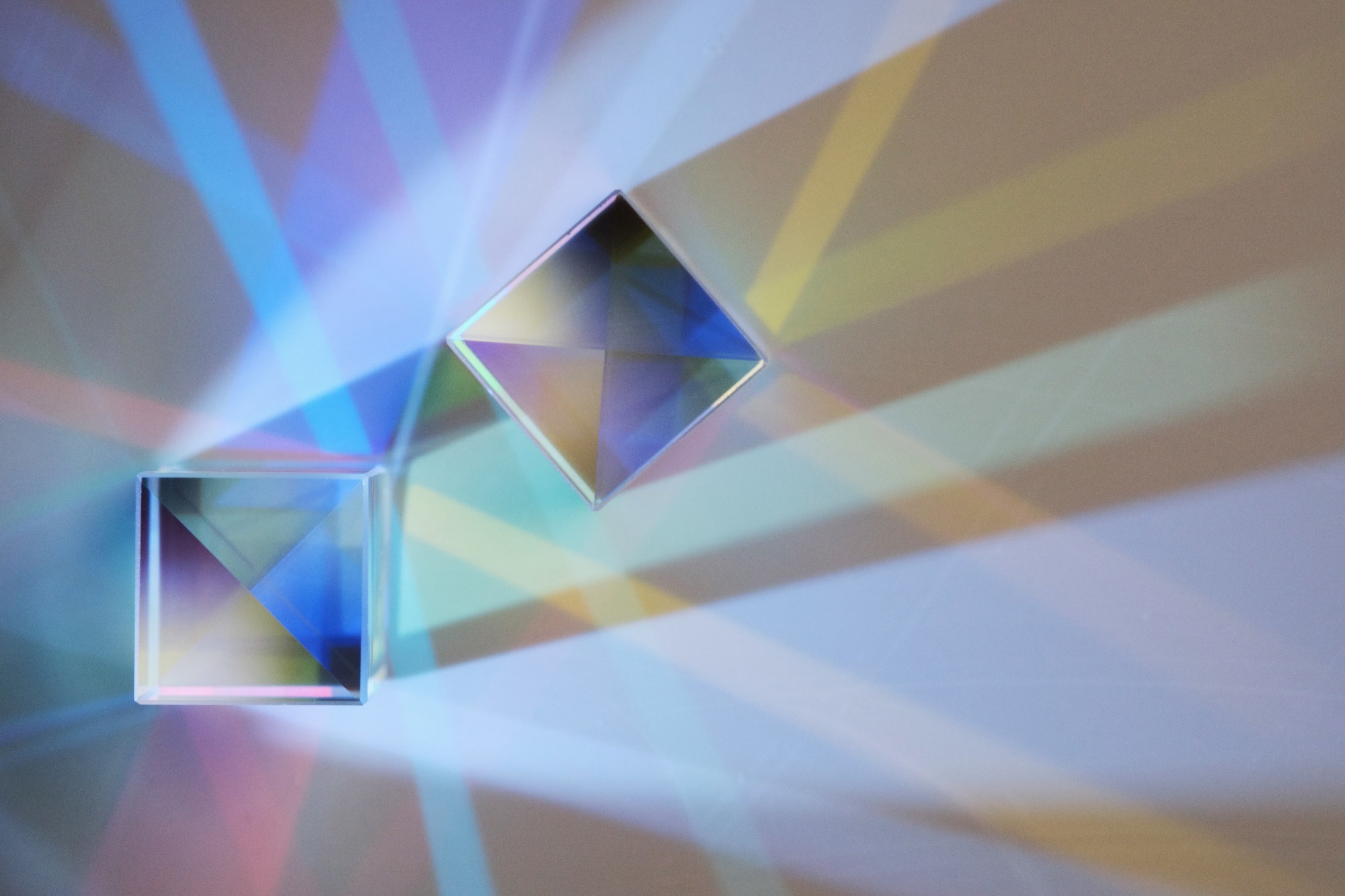In a paper published in the journal IScience, researchers described how artificial intelligence (AI) transformed diffractive optics development. Using advanced algorithms like machine learning (ML) and generative models, they optimized design, enhanced fabrication, and improved performance forecasting of diffractive optical elements (DOEs).
 Study: AI Advances Diffractive Optics Development. Image Credit: Alexander Sobol/Shutterstock.com
Study: AI Advances Diffractive Optics Development. Image Credit: Alexander Sobol/Shutterstock.com
AI-driven methods enabled precise light manipulation and efficient optical structure creation, accelerating design iterations and rapid prototyping. This integration promised significant advancements in imaging, sensing, telecommunications, and other optical technology applications.
Background
Past work in diffractive optics focused on manipulating light through diffraction patterns, enabling advancements in imaging, displays, and laser beam shaping. Researchers addressed challenges like precise DOE design and environmental susceptibility, employing sophisticated algorithms and advanced fabrication methods.
Free space optics (FSO) utilizes lenses, mirrors, beam splitters, filters, and DOEs to transmit optical signals through air or space, enhancing high-speed data transmission and remote sensing. AI tools showed promise in adaptive optics and aberration corrections, improving performance and resilience.
AI in Diffractive Optics
AI's history extends over several decades, with ongoing advancements and breakthroughs. It traces back to the mid-20th century, particularly with Alan Turing's pioneering contributions, and gained formal recognition at the Dartmouth Conference in 1956. Early AI systems, illustrated by initiatives such as the logic theorist, relied on rule-based methods and symbolic reasoning. However, computational limitations and data scarcity posed challenges.
The resurgence of interest in the 1980s, driven by advancements in neural networks and ML, revitalized AI research. Subsequent developments in expert systems, natural language processing (NLP), and robotics broadened AI's application spectrum. The convergence of big data, cloud computing, and deep learning has transformed the healthcare, finance, and entertainment industries. Today, AI technologies such as ML, NLP, and computer vision (CV) are integral to daily life, driving innovation and reshaping human-machine interaction.
AI has emerged as a crucial force driving advancements in diffractive optics. Through AI algorithms and ML techniques, researchers have streamlined the design and refinement of DOEs with exceptional precision and efficiency. AI facilitates the exploration of extensive design spaces, enabling the creation of novel DOEs featuring bespoke diffraction patterns optimized for specific performance needs. AI-driven optimization algorithms augment the functionality and effectiveness of diffractive optics and reduce the need for extensive trial-and-error testing.
Additionally, AI-driven approaches streamline the incorporation of diffractive optics into complex optical systems, enhancing interoperability and improving overall performance. Researchers are poised to unveil novel capabilities and applications by unifying AI and diffractive optics, advancing optical engineering across diverse sectors, including telecommunications, imaging, and sensing.
A meta-imager utilizing metasurfaces achieved high accuracy in handwritten digit and fashion image recognition, demonstrating its potential for AI applications. Recent advancements, including polarization division multiplexing and non-linear optical systems, have significantly progressed optical diffractive computing and reduced computational costs.
Advancements in Manufacturing
The standard procedure for manufacturing DOEs involves sequential steps, beginning with the design phase, where optical engineers manually create or modify the DOE layout based on theoretical models and computational simulations. Fabrication techniques such as lithography, etching, or direct writing methods pattern the desired optical structures onto a substrate, requiring iterative adjustments and extensive trial and error to achieve the desired performance metrics. Ultraviolet (UV) lithography has been extensively used but is limited in feature size, necessitating advanced techniques like focused ion beam (FIB) and electron-beam lithography (EBL) for finer structures.
Direct laser lithography offers scalability, rapid prototyping, and customization, enabling the production of high-resolution DOEs with exceptional optical performance. Although additive manufacturing using multi-photon direct laser writing shows promise, it is limited by the low throughput of the writing process, with parallel writing posing challenges due to proximity effects.
Fast atom beam (FAB) etching, which offers precise control over etching depth and surface morphology, is ideal for creating intricate nanostructures and complex patterns, making it particularly useful for fabricating DOEs and other micro/nanoscale devices with stringent design requirements.
AI-powered optimization techniques revolutionize the DOE manufacturing process by leveraging ML algorithms to automate and enhance various stages of development. These techniques explore vast design spaces, rapidly generating and evaluating numerous design iterations to efficiently identify optimal solutions. AI algorithms learn from previous designs and performance data, guiding the optimization process toward achieving desired specifications with higher precision and faster convergence rates.
Integrating AI into the optimization pipeline significantly reduces development time and cost while improving DOEs' overall performance and manufacturability. Additionally, advancements such as artificial cleanroom intelligence (ACI) are being supported to enhance cleanroom facilities, further streamlining the manufacturing process of DOEs.
Conclusion
In summary, AI technologies, particularly DL, have transformed industries like healthcare and finance and revolutionized diffractive optics. AI and ML streamlined DOE design, optimization, and fabrication, enhancing performance and efficiency. Traditional methods like UV lithography, advanced techniques like FIB and EBL, and emerging technologies like fast atom beam (FAB) etching addressed various fabrication challenges. The future of AI in DOE development promised significant breakthroughs in optical engineering and applications across telecommunications, augmented reality, and biomedical imaging.